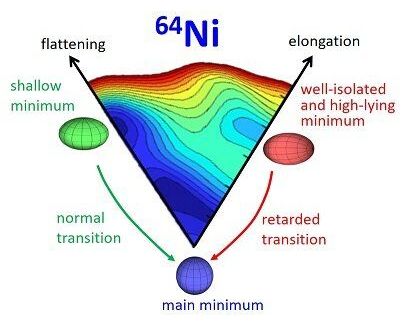That’s a lot of ships. 😃
To achieve that ambitious goal, SpaceX could build one hundred Starships per year over the course of ten years. –“Building 100 Starships per year gets to 1000 in 10 years or 100 megatons per year or maybe around 100000 people per Earth-Mars orbital sync,” Musk said in January. SpaceX would launch a Starship fleet approximately every 26 months, which is when Earth and Mars orbits align closer to each other.
Building 100 Starships/year gets to 1000 in 10 years or 100 megatons/year or maybe around 100k people per Earth-Mars orbital sync— Elon Musk (@elonmusk) January 172020
You can watch SpaceX operations as they work to develop the Starship spacecraft at the South Texas facility in the video below, courtesy of LabPadre via YouTube. In the weeks ahead, SpaceX plans to continue preflight preparations of the Starship SN9 prototype that is awaiting at the launchpad. Meanwhile, teams at the assembly facility are manufacturing multiple vehicles that will also undergo testing next year.








